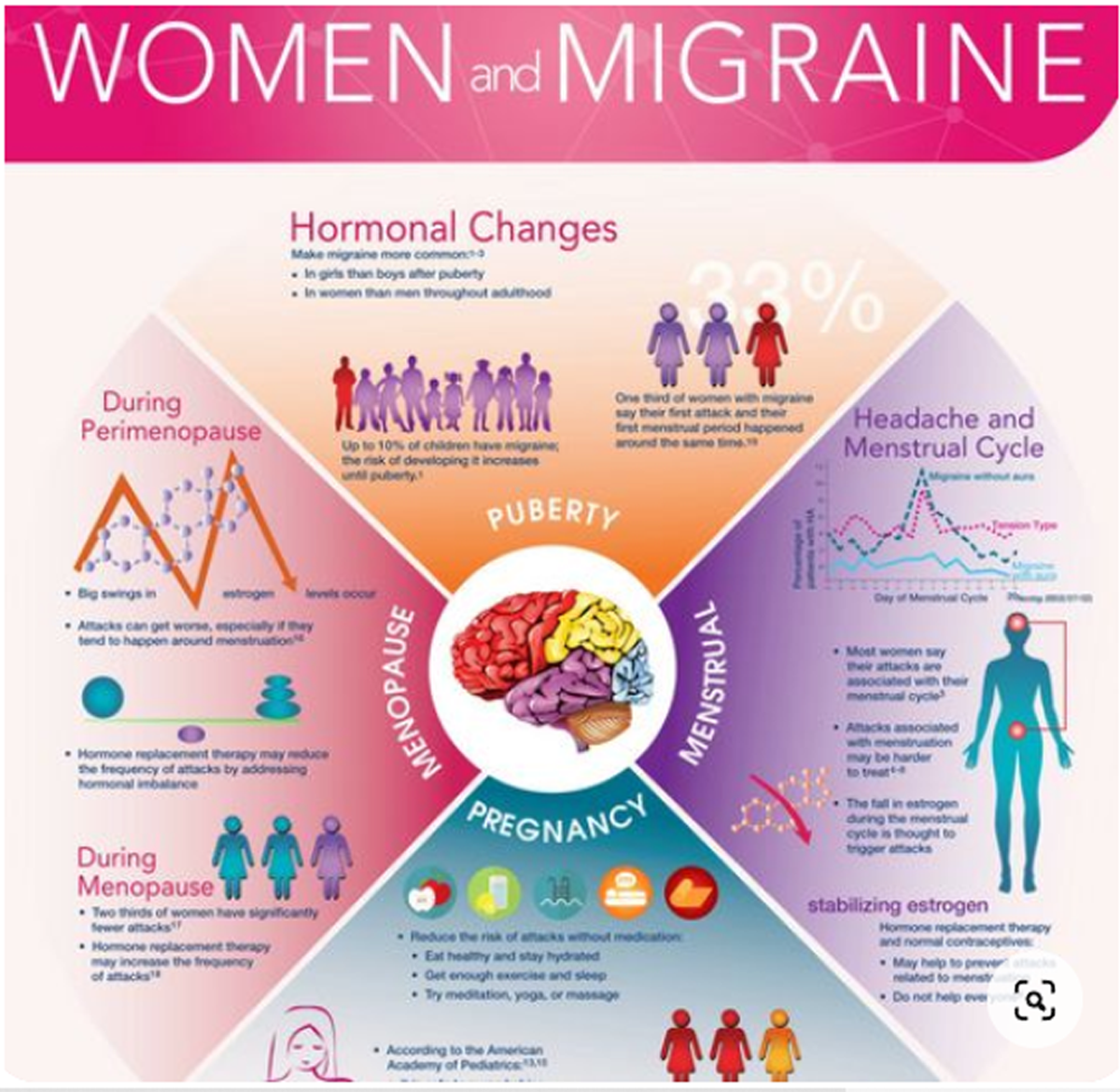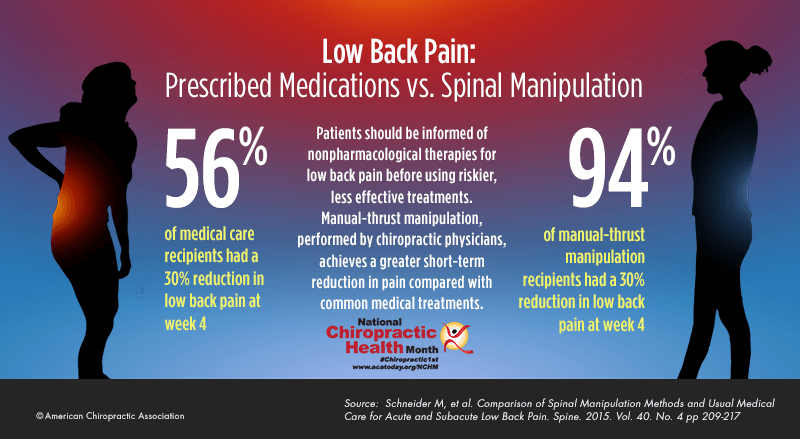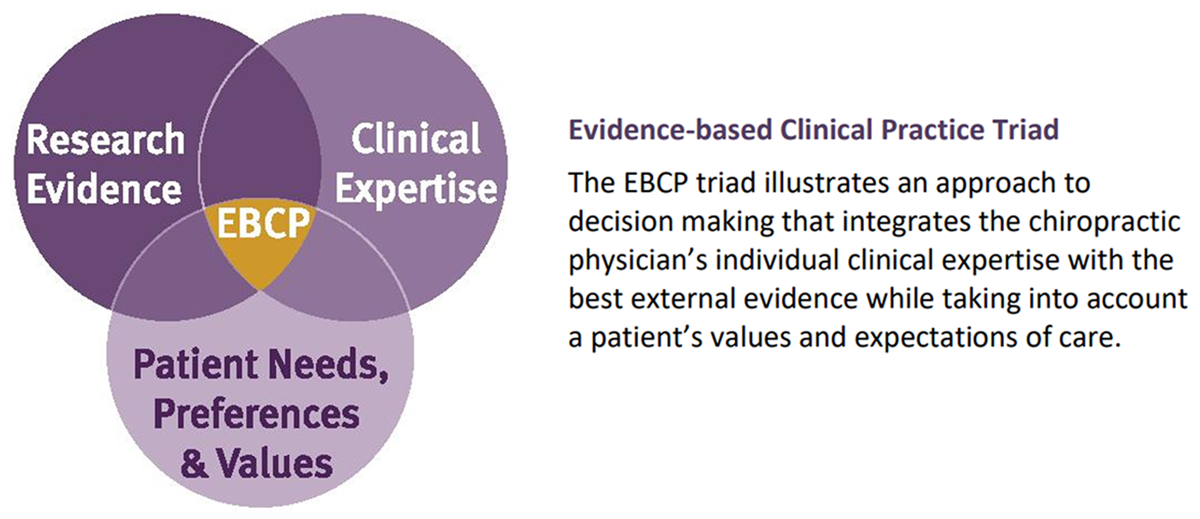A Structured Protocol of Evidence-based Conservative Care Compared with Usual Care for Acute Nonspecific Low Back Pain: A Randomized Clinical Trial
SOURCE: Arch Phys Med Rehabil. 2012 (Jan); 93 (1): 11–20
Gregory F. Parkin-Smith, MTech(Chiro), MSc, DrHC,
Ian J. Norman, BSc, MSc, PhD,
Emma Briggs, BSc, PhD, RN,
Elizabeth Angier, BSc, MSc(Chiro),
Timothy G. Wood, BSc, MTech(Chiro),
James W. Brantingham, DC, PhD
School of Chiropractic & Sports Science,
Murdoch University,
Perth, Australia.
OBJECTIVE: To compare a protocol of evidence-based conservative care with usual care for acute nonspecific low back pain (LBP) of less than 6 weeks’ duration.
DESIGN: Parallel-group randomized trial.
SETTING: Three practices in the United Kingdom.
PARTICIPANTS: Convenience sample of 149 eligible patients were invited to participate in the study, with 118 volunteers being consented and randomly allocated to a treatment group.
INTERVENTIONS: The experimental group received evidence-based treatments for acute nonspecific LBP as prescribed in a structured protocol of care developed for this study. The control group received usual conservative care. Participants in both groups could receive up to 7 treatments over a 4-week period.
MAIN OUTCOME MEASURES: Oswestry Low Back Disability Index (ODI), visual analog scale (VAS), and Patient Satisfaction Questionnaire, alongside estimation of clinically meaningful outcomes.
RESULTS: Total dropout rate was 14% (n=16), with 13% of data missing. Missing data were replaced using a multiple imputation method. Participants in both groups received an average of 6 treatments. There was no statistically significant difference in disability (ODI) scores at the end of week 4 (P=.33), but there was for pain (VAS) scores (P<.001). Interestingly, there were statistically significant differences between the 2 groups for both disability and pain measures at the midpoint of the treatment period (P<.001). Patient satisfaction with care was equally high (85%) in both groups. Minimally clinically important differences in scores and number needed to treat scores (NNT<6) indicated that the experimental treatment (protocol of care) offered a clinically meaningful benefit over the control treatment (usual care), particularly at the midpoint of the treatment period.
There are more articles like this @ our:
CONCLUSIONS: Overall, the 2 treatment groups were similar based on primary or secondary outcome measure scores for the full treatment period (4 weeks, with up to 7 treatments). However, there were statistically significant and clinically meaningful differences in both disability and pain scores at week 2 (midpoint) with 4 treatments, suggesting that the protocol of care (spinal manipulation and reassurance) had a more rapid effect than usual care.
From the FULL TEXT Article:
Background
Low Back Pain (LBP) is an extremely common problem throughout the world, particularly in western countries. [1, 2] Although most cases of LBP resolve, up to 25% of persons with LBP have significant persistent pain or disability, and seek care. [3] Understandably, the purpose of intervention would be to reduce symptoms as rapidly as possible, curb costs, and reduce the risk of chronicity. [4, 5]
Conservative treatment, such as manual and manipulative therapy, is emerging as a promising approach to managing nonspecific LBP, [6] be it in conjunction with drug treatment or as an alternative when drug treatment is contraindicated or surgery premature. Currently, the selection of conservative treatments by a musculoskeletal practitioner to treat acute LBP is influenced by a mixture of the best available research evidence, practitioner preferences, and clinical traditions. [7]
Many conservative treatments have not yet been tested in clinical trials or have been shown to be no better than placebo, [8, 9] but are still used in clinical practice. For example, interventions are used in combination in musculoskeletal practice for nonspecific LBP (nonclassified), yet only slightly improve pain and disability in the short-term, and there is currently no evidence that supports or refutes that these interventions provide clinically meaningful improvements. [10] Therefore, a positive, predictable outcome for LBP with standard care approaches, leading to a reduction in disability and pain scores, seems to remain elusive. [11]
Synthesis of the literature indicates that the combination of treatments commonly encountered in clinical practice for nonspecific LBP (ie, usual care) may be partial in reflecting evidence-based treatment, [12] may not represent the application of clinical guideline recommendations, and may not be targeted toward specific subgroups of LBP patients. [13]
Therefore, successful outcomes for acute nonspecific LBP are likely to be enhanced by
(1) matching treatment to the characteristics of the patient, and
(2) selecting treatments that are supported by both the best available research evidence and clinical expertise.
For this reason, the array of conservative treatments available to musculoskeletal practitioners needs to be distilled into a package of care that is targeted toward acute nonspecific LBP, with a view to attain better and more rapid outcomes.
Consequently, the purpose of this study was to compare an evidence-based protocol of conservative care, acceptable to an advisory group of practicing clinicians, with usual conservative care for acute nonspecific LBP of less than 6 weeks’ duration. The primary objective was to compare the outcomes of the experimental treatment (protocol of care) with the control treatment (usual care), and to explore numerical results for clinically meaningful outcomes. The secondary objective was to determine patient satisfaction with care. The hypothesis was that the experimental treatment (protocol of care) would result in a greater change in low back–related disability, pain, and patient satisfaction with care over the control treatment (usual care).
Read the rest of this Full Text article now!






Leave A Comment